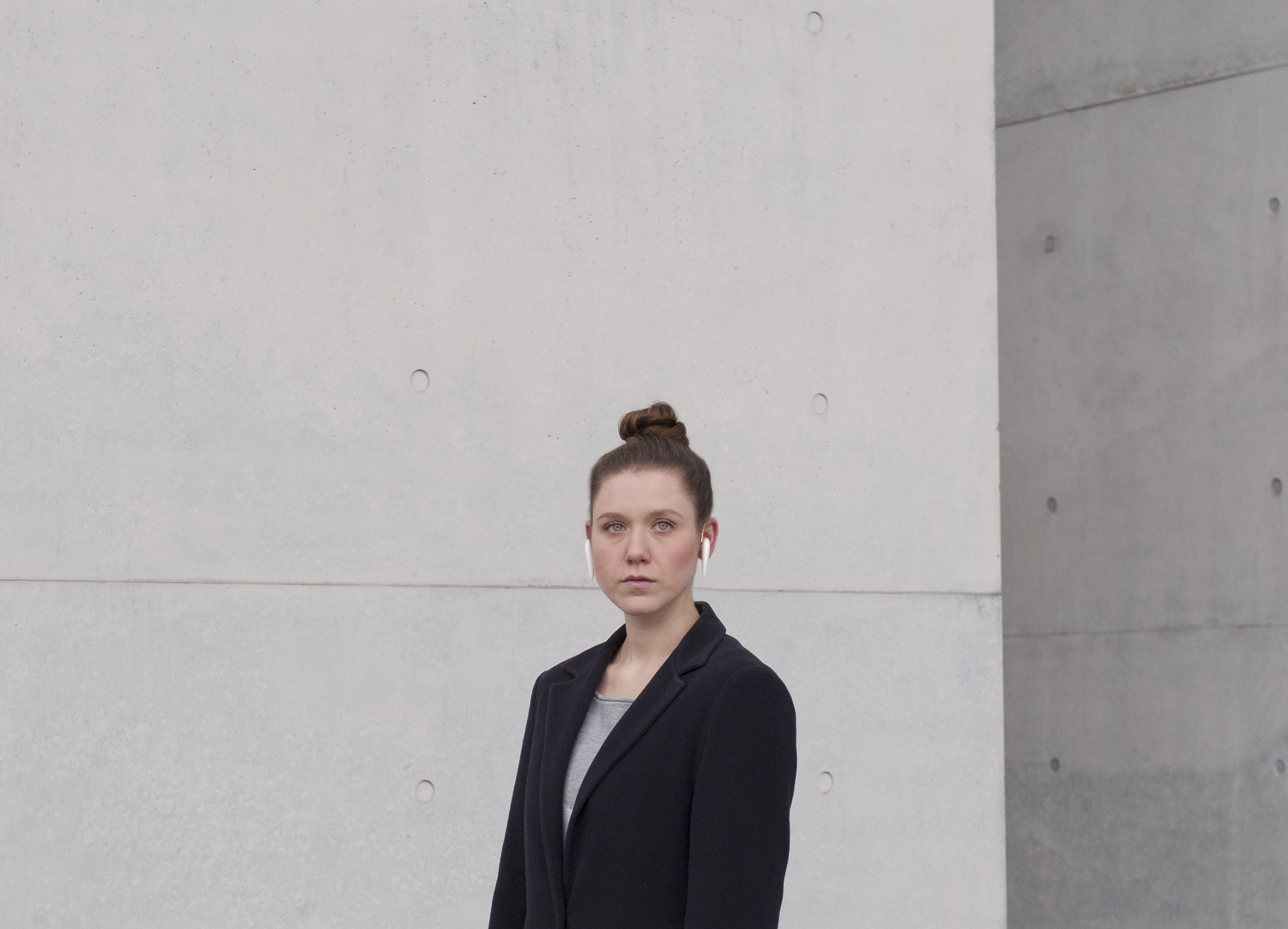
Hearing Aids
B.A. Diploma
People design themselves daily through fashion, accessories, hairstyle and jewellery. It is an important non-verbal expression of ones identity and we can decide everyday anew what that identity will be. Medical implements are mostly manufactured from a select few materials and more importantly from a select few colours. This colour palette isn‘t specified to the implements function, it seems more in compliance with the colour palette used in hospitals and the medical field in general. Since the combinations of these colours and their place of use are well known to most people, they carry on the stigma of illness, injury and disability. The possibility for self-design is thus thrown out of balance for people who wear a medical implement, because it will always be seen first. During my interview with an acoustic technician of KIND Hörgeräte, I learned that many customers choose a smaller hearing aid for aesthetic reasons even though they need a bigger size due to their hearing impairment. I think hearing impaired people should get the technical quality they need in a design that they like.
Ears have always been a typical body part for adornement, so I designed hearing aids that shift the perception from impairment to jewellery, beauty and curiosity. Since the number of hearing impaired people is increasing (in Germany), I am convinced that there is a need for design choices in this field and I hope that over time there will be a similar development as there was with glasses, which are now a popular accessory.
I was supported by KIND Hörgeräte, the German market leader for hearing aids.
For more information, see my Bachelor thesis Expression & Effect of contemporary Protheses/Orthotics.



I chose brass as a classic jewellery material for my first design. Its reflecting and sparkling appearance creates curiosity and fascination. The shape is oriented on very clean and modern jewellery. It can be combined with many different styles.
My second design tries to be even more visible. Here I brought the object in front of the ear. Due to its location right on the skin I chose porcelain as my main material. Its surface is very soft, warms up over time but is sanitarily clean. It is oriented on original jewellery material such as bone or teeth.
„Amputees often suffer a loss of self-image. I wanted to transmute what
might be considered a disfigurement into something marvelous and exotic.
I wanted to create a hand that would no longer cause shame and repulsion. I wanted the amputees themselves to be proud to have a prosthetic
hand and pleased to look at it. And for the people around them, I wanted
the prosthetic hand to be an object of healthy curiosity, a work of art.“
Jacques Monestier

